Understanding Powder Coating: Definition and Benefits
Powder coating is a dry finishing process that has rapidly gained popularity in various industries due to its remarkable durability and aesthetic appeal. Unlike traditional liquid paint, which relies on solvents to keep the binder and filler parts in a liquid suspension, powder coating is applied as a free-flowing, dry powder. This innovative coating technology is typically used in automotive, architectural, and consumer products, delivering a consistent, high-quality finish that outlasts most conventional paint applications. Its benefits, from durability to environmental safety, make it a preferred choice for both manufacturers and DIY enthusiasts alike. For detailed insights, you can discover more about powder coating.
What is Powder Coating?
Powder coating involves applying finely ground particles of pigment and resin to a surface. These particles are charged, which allows them to adhere to metal surfaces more effectively. Once coated, the items are heated in a curing oven to fuse the powder into a hard, durable finish. The process not only enhances the appearance but also significantly increases the resistance of the substrate to corrosion, scratching, and UV damage.
Key Advantages of Powder Coating
- Durability: Powder coatings are highly resistant to scratches, chipping, fading, and wear, making them ideal for products exposed to harsh conditions.
- Environmentally Friendly: Unlike liquid paints, powder coating does not contain solvents and emits negligible volatile organic compounds (VOCs), making it a much safer and eco-friendly option.
- Aesthetic Variety: Available in a wide array of colors, finishes, and textures, powder coating allows for creative freedom in design.
- Cost-Effective: Cleaner application and reduced material waste contribute to lower costs, alongside savings on maintenance and reapplication.
- Surface Protection: It provides an additional layer of protection against rust and corrosion, extending the life of the coated materials.
Common Applications of Powder Coating
Powder coating is predominantly utilized in various industries, including:
- Automotive Industry: Used extensively for vehicle components, providing a tough finish that withstands environmental challenges.
- Architectural Structures: Applied to aluminum, steel, and other metal structures to enhance durability while adding color.
- Consumer Goods: Household items like appliances, furniture, and sporting goods benefit from the resilient properties of powder coating.
- Industrial Equipment: Heavy machinery often requires the protective features provided by powder coatings to prevent damage from the elements.
Comparing Powder Coating with Traditional Painting
Powder Coating vs. Paint: Durability and Longevity
When it comes to protecting surfaces, the durability of powder coating surpasses that of traditional liquid paint. A properly applied powder coating can last significantly longer than paint, with many manufacturers offering warranties of over 20 years. The hardness of the powder surface creates a resilient barrier against abrasions and impacts, while traditional paints may chip or peel over time, especially when exposed to environmental stresses or wear and tear.
Cost Analysis: Is Powder Coating Worth It?
The initial costs of powder coating might be higher compared to traditional paints, primarily due to the need for specialized equipment and the curing process. However, when evaluating the long-term value, powder coating proves to be more cost-effective. The protective qualities reduce the frequency and costs of maintenance and repairs, making it an economical investment over time.
Environmental Impact of Powder Coating Methods
Powder coating stands out for its environmentally friendly attributes. Conventional painting methods release high levels of VOCs, contributing to air pollution and health hazards. Conversely, powder coating eliminates volatile components by using solid materials, thus posing minimal risk to the environment. Additionally, excess powder can be recycled, leading to less waste compared to paint application.
The Powder Coating Process: A Step-by-Step Guide
Preparation of Materials for Powder Coating
The preparation stage is crucial for achieving a flawless powder coating finish. It generally includes:
- Cleaning: Remove all contaminants, such as oils, dust, and previous coatings, through methods like sandblasting, chemical stripping, or ultrasonic cleaning.
- Surface Treatment: Surface treatments such as phosphating or anodizing can enhance adhesion and corrosion resistance.
- Drying: Ensure that all surfaces are thoroughly dried to prevent blisters and imperfections in the coating.
Application Techniques for Optimal Results
Various application methods can be employed to achieve a robust and even powder coating:
- Electrostatic Spray: The most common method, where a charged powder is sprayed onto a grounded surface.
- Fluidized Bed: Submerging a heated part in a bed of fluidized powder allows for an even coating.
- Manual and Automatic Systems: Depending on the complexity and scale of the operation, both manual and automated systems can be used effectively.
Curing: How Heat Transforms Powder into Coating
After application, the curing process requires the coated parts to be placed in a hot oven, where the heat causes the powder particles to flow and bond together, forming a hard, durable surface. The temperature and duration depend on the powder formulation, with typical conditions around 350-400°F for 10-20 minutes. Curing must be monitored closely to avoid defects.
Choosing the Right Powder Coating Material
Types of Powder Coatings: Polyester vs. Epoxy
There are two primary types of powder coatings:
- Polyester Powder Coatings: Excellent for exterior applications due to their UV stability and resistance to weather. They are ideal for automotive and architectural projects.
- Epoxy Powder Coatings: Best suited for indoor use, offering great adhesion and durability but susceptible to UV degradation. They are commonly used in industrial applications.
Factors to Consider When Selecting Powder Coatings
When selecting powder coatings, consider the following factors:
- Environmental Conditions: Assess whether the product will be used indoors or outdoors and the typical weather conditions it will face.
- Surface Preparation: Different surfaces may require specific preparation techniques to yield optimal adhesion.
- Desired Finish: Consider whether you need a matte, glossy, textured, or specialized finish.
- Industry Standards: Ensure compliance with any relevant industry regulations or safety standards.
Popular Powder Coating Colors and Finishes
Powder coatings come in an extensive range of colors and finishes, allowing for creative flexibility. Popular options include:
- Metallic Finishes: Provide a shiny, reflective surface that enhances the visual appeal.
- Textured Coatings: Offer a unique tactile experience and can help hide surface imperfections.
- Custom Colors: Tailoring colors to specific brand requirements is possible through custom powder formulations.
Maintaining and Repairing Powder Coated Surfaces
Best Practices for Powder Coating Care
To maximize the lifespan of powder coated surfaces, consider the following maintenance practices:
- Regular Cleaning: Use mild soap and water to remove dirt and grime that can accumulate over time.
- Avoid Abrasive Cleaners: Harsh cleaning products can scratch and degrade the finish.
- Inspect Periodically: Check for any signs of damage or wear to address potential issues early before they worsen.
Touch-Up Techniques for Minor Damage
In instances of minor damage, effective touch-up methods include:
- Using Powder Coating Touch-Up Kits: Specific products are available to match the original powder finish.
- Spray Application: Spraying on a fine coat of powder and re-curing can restore the original look.
- Clean and Prep: Regardless of the method, ensure the area is cleaned and properly prepped to enhance adhesion.
When to Re-Coat or Strip Powder Coating
Knowing when to re-coat or strip powder coating is essential:
- Severe Damage: If extensive chipping or peeling occurs, it may be necessary to strip the old coating and reapply.
- Color Change: Altering aesthetic appeal may require complete removal before applying a new color.
- End of Lifecycle: Parts that have reached the end of their functional life might benefit from a fresh coat.
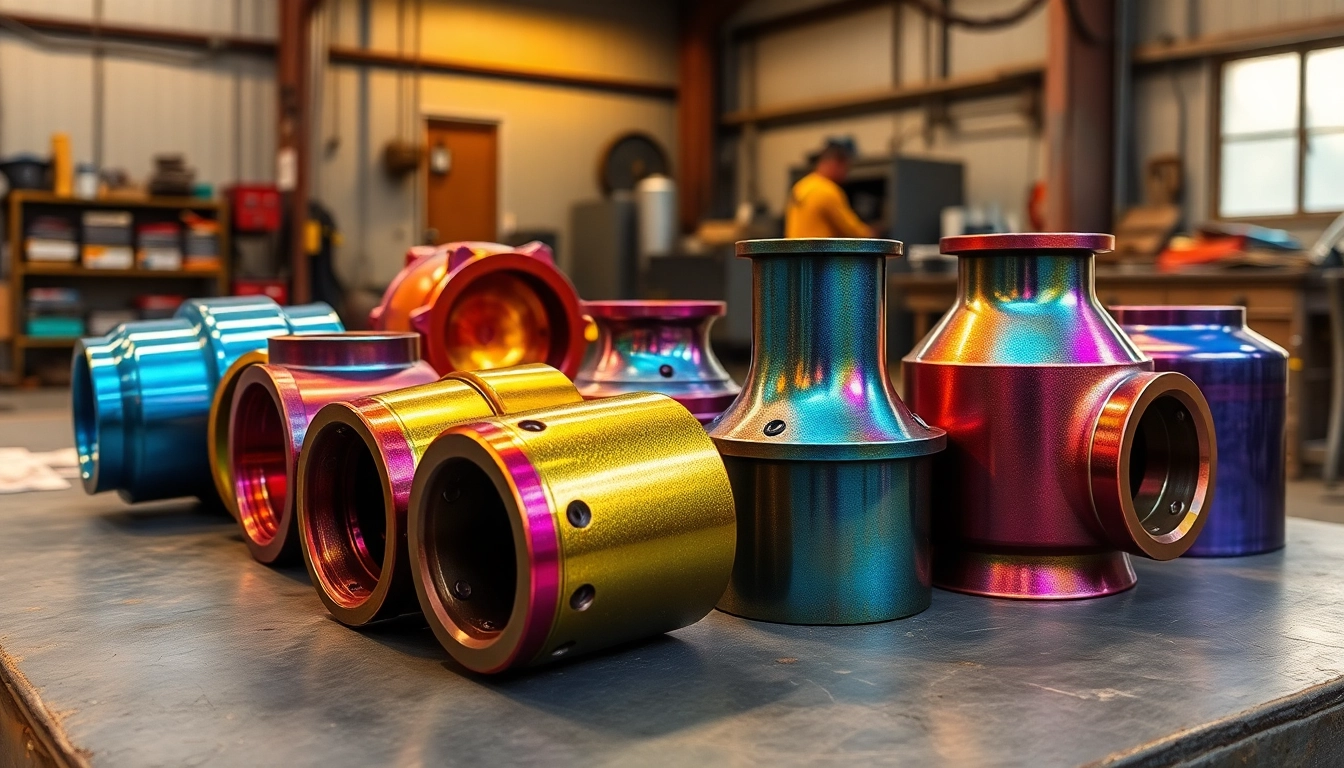

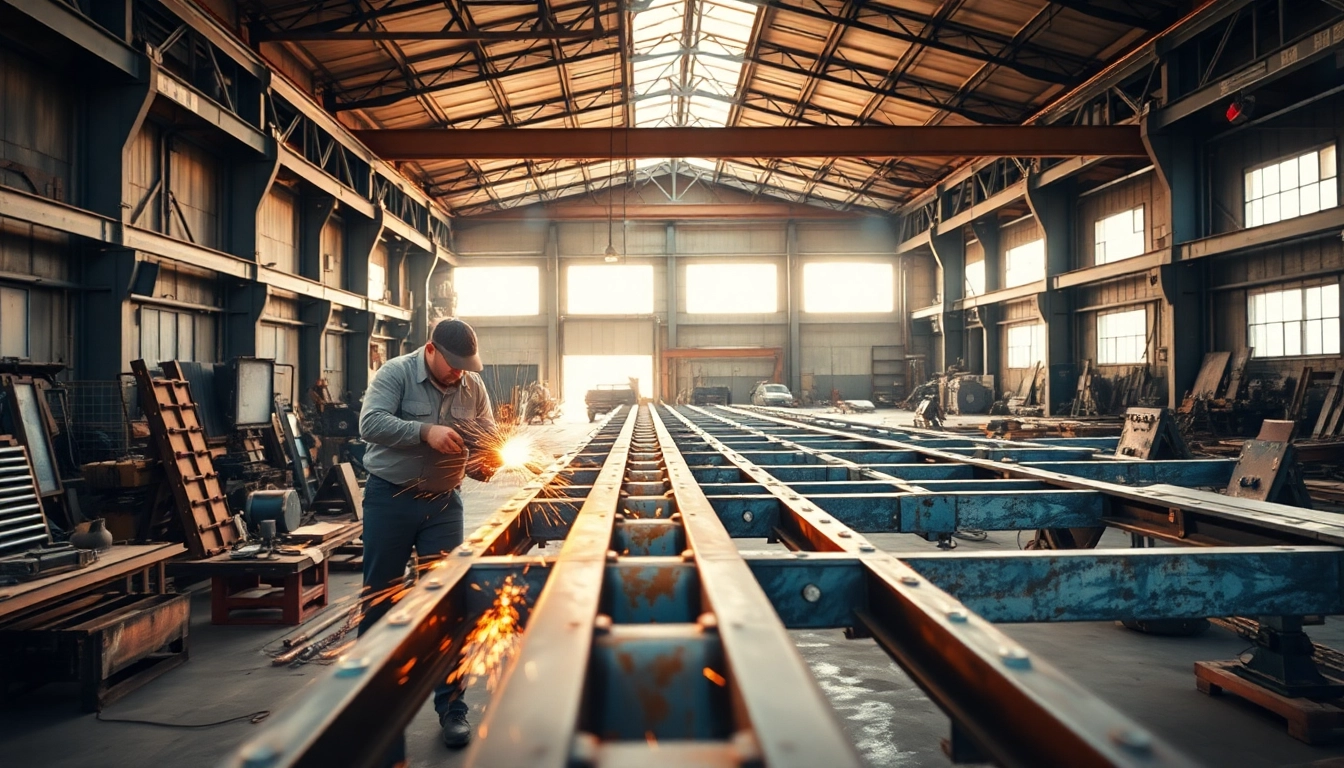





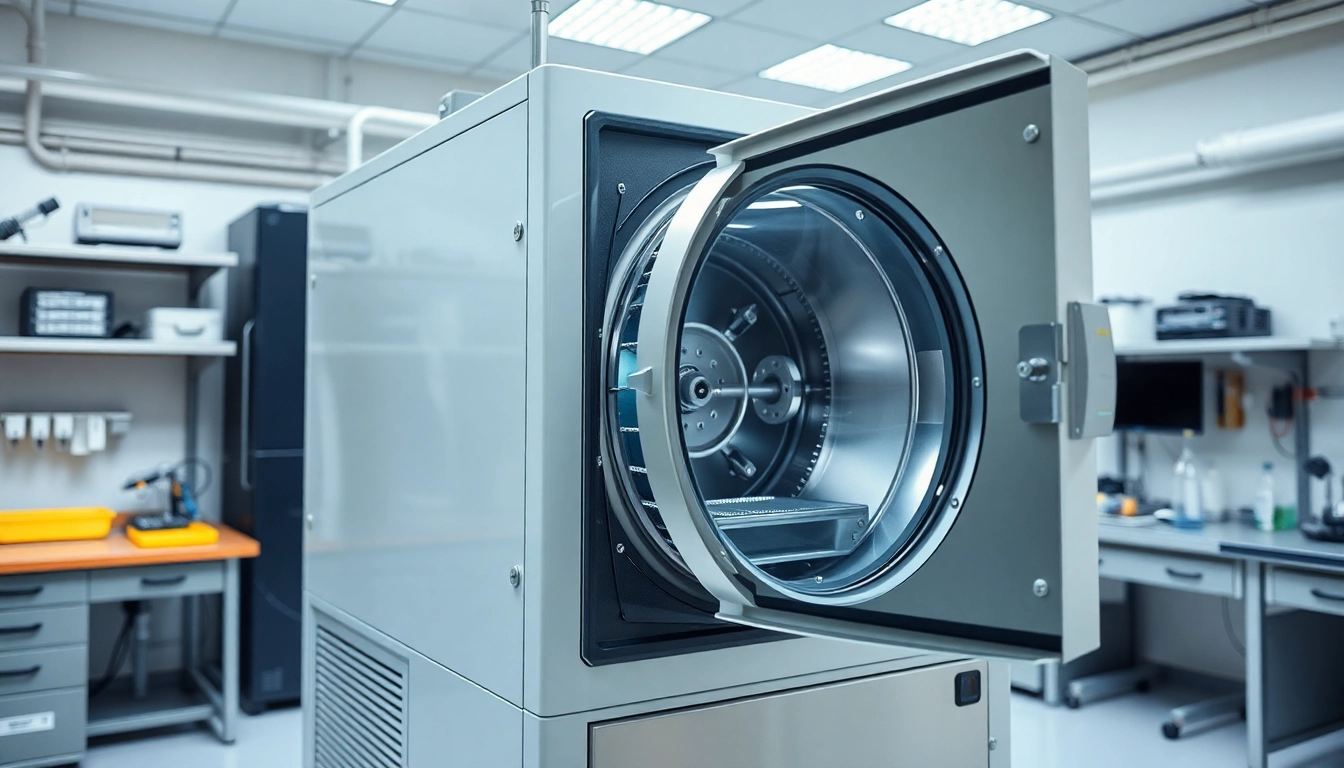
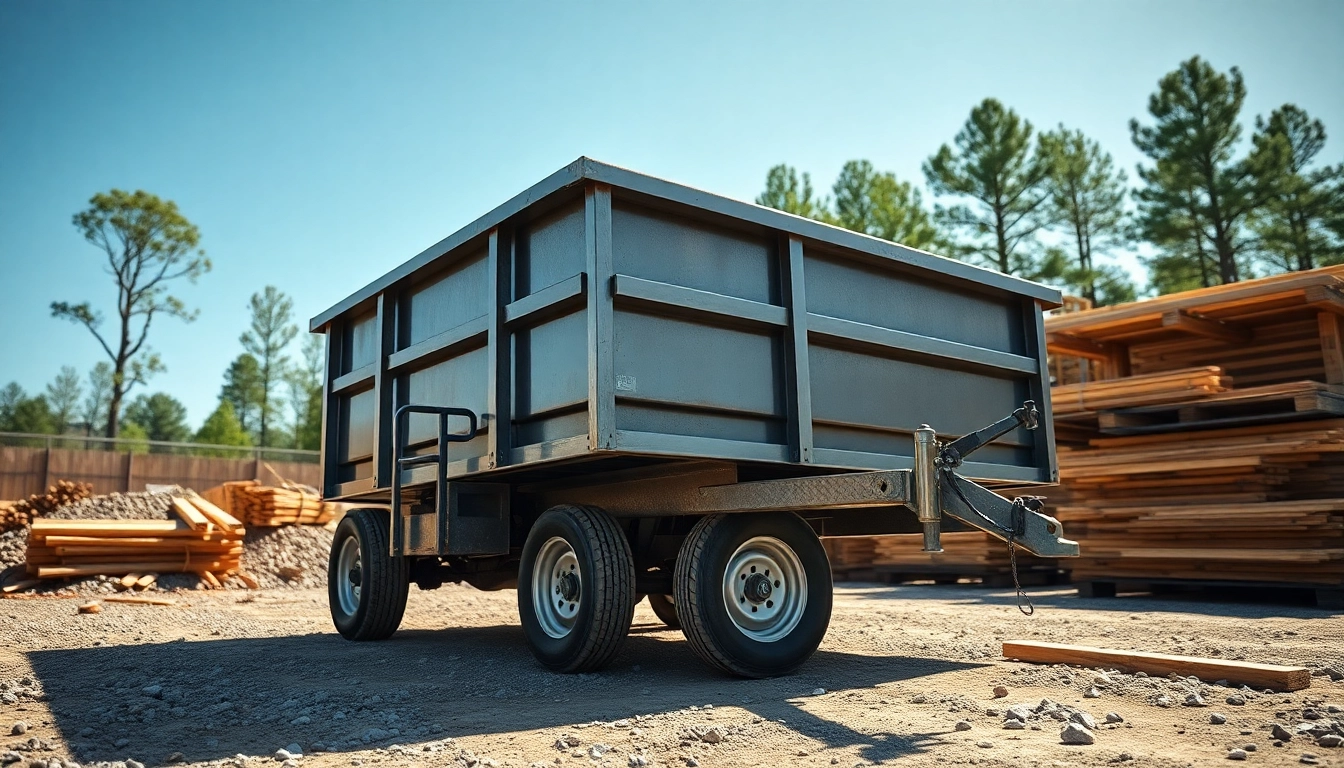

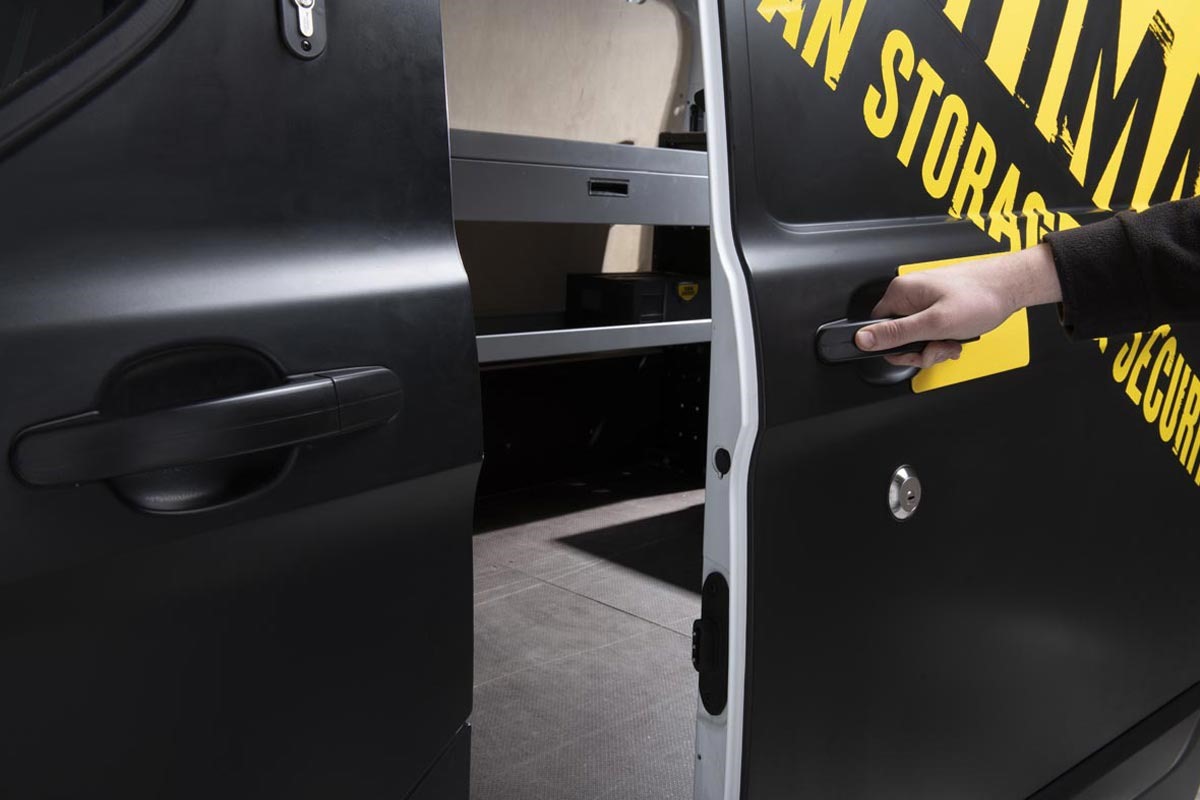


Leave a Reply